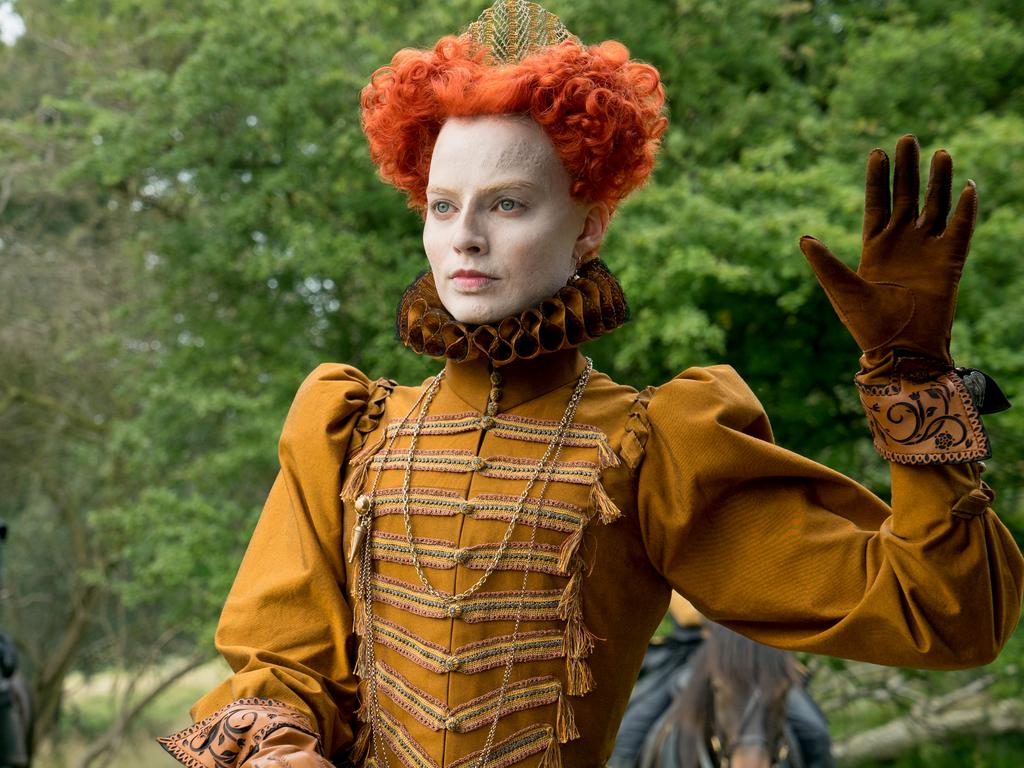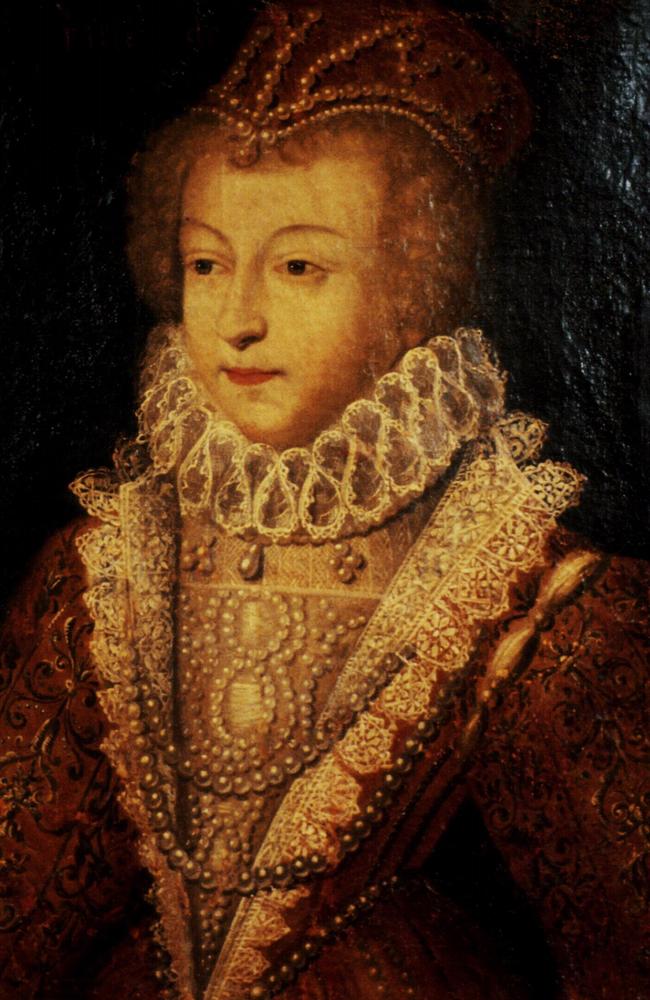The gruesome beheading of Mary Queen of Scots
She is one of the most famous Queens in history, but the story of the demise of Mary Queen of Scots is more horrendous than you think.
When Mary Queen of Scots was beheaded, her execution was absolutely horrendous even by 16th century standards.
Mary was beheaded at Fotheringhay Castle on February 8, 1587, following 19 years of imprisonment for her role in a plot to murder her cousin, Queen Elizabeth I.
Mary, who was 44 at the time, was executed on the orders of Elizabeth, for her part in what was known as the Babington Plot- a plot led by Roman Catholic nobleman Anthony Babington.
Letters said to be from Mary apparently sanctioned the assassination of her cousin and, once the letters were discovered, Mary was put on trial for treason.
Elizabeth I, the daughter of Henry VIII and Anne Boleyn, managed to displace Catherine of Aragon as Queen of England, convincing the king to split from the Catholic Church. But many believed Elizabeth had no real claim to the throne as King Henry had annulled his marriage to Anne before taking a new wife.
Related: Mary Queen Of Scots isn’t the movie you think it is

Catholics viewed Mary Stuart as the perfect contender for the throne of England. But it wasn’t meant to be, and instead, Mary was kept a virtual prisoner in England before a botched execution which literally left her head ‘hanging by a thread’, leaving witnesses distraught.
According to an eye witness: “Her lips stirred up and a down a quarter of an hour after her head was cut off.”
The rivalry between the queens is now the subject of the critically acclaimed film Mary Queen of Scots, starring Margot Robbie as Elizabeth and Saoirse Ronan as Mary — the friendship that became a rivalry.
Mary’s ascent to the throne
When she was only six days old, Mary ascended to the Scottish throne in 1542 when her father, King James V, died. She was raised in the French court and, at the age of 16, she married the French dauphin, who became King Francis II of France in 1559. At 18, Mary was briefly queen of both Scotland and France when her husband ascended the throne.
But her reign was short-lived as her husband died of an ear infection just a year after their marriage. So Mary was sent back to Scotland to assume her place as the country’s monarch.
But after three years in Scotland, Mary was forced to abdicate and flee across the border to seek refuge in England — where she expected Queen Elizabeth to welcome her.
Instead, she was imprisoned by her cousin in a variety of castles, where Elizabeth allowed her to live close to various noblemen (loyal to Elizabeth) so they could keep an eye on her.
Mary spent the next 19 years being moved from one castle to the next while the Queen tried to figure out what could be done with her.
During this time there were numerous rumoured plots against Elizabeth. In 1587, when a letter said to have been written by Mary was intercepted — with evidence that she wanted to overthrow her cousin — Elizabeth decided to end her ceaseless worry about whether she was going to be overthrown or not, and ordered Mary’s execution.

The pointless trial
During the trial, Mary never had any hope as she wasn’t allowed any legal representatives. Yet she was said to have put up a highly spirited defence, arguing that she was innocent of the charge of treason because she was not actually a subject of England’s queen; reasoning that a charge of treason could not legally be upheld in court.
But her defence got her nowhere, Elizabeth showed no mercy and Mary was pronounced guilty of treason on 25 October and sentenced to death.
It must have been excruciating for Mary as she was forced to wait for several months before Elizabeth actually signed the warrant for her death. It couldn’t have been easy for Elizabeth because she was signing the death warrant of a cousin as well as a fellow queen.
Nonetheless, Elizabeth signed the death warrant on 1 February 1587, with the beheading to be carried out a week later.
The horrendous execution

While a beheading seems like a horribly gruesome death by today’s standards, back in the 16th Century, it was considered the easy option compared to other methods, such as being hung, drawn and quartered.
Elizabeth’s mother, Anne Boleyn, had been beheaded by a skilled swordsman — a special privilege for a former queen.
In England, there was no crime considered worse than trying to betray the crown. If you were foolish enough to betray the crown, what kind of execution could non-royalty expect? Being hanged, drawn and quartered is probably as bad as an execution can get and it wasn’t unique to England, it was practised across Europe.
First the victim was hanged by the neck, until they were almost dead, then they were pulled behind a horse to their execution which involved “quartering”. If you really want details, you can look it up yourself but plainly speaking, it meant that people were cut into several pieces, often beginning with one’s genitalia.
Mary was spared the worst of the worst executions but, regardless, her beheading was horrific. Witness Robert Wynkfield later wrote about the execution.
First, she was forced to strip to her underwear in front of dozens of witnesses. As she approached her executioners, one of her servants blindfolded her, so her final moments were in darkness. Witnesses claim the former queen had to spend time feeling around for the block so she could place her chin upon it, ready for the axe to fall.

But, sadly, for Mary, her beheading would not be quick and easy. One executioner held her down while the other lifted the axe — but he missed, and the blade didn’t go straight through her neck, forcing him to strike again. Mary apparently made “a very small noise or none at all, and not stirring any part of her from the place where she lay” throughout the execution.
After two blows, Mary’s head wasn’t completed severed so the executioner had a third go, to try and cut the “one little gristle” that was attaching her neck to her body.
Third time lucky, he lifted Mary’s head for all to see and proclaimed, “God Save the Queen”.
Wynkfield also noted that when the executioner removed Mary’s clothing, he noticed Mary’s small dog had been hidden under her dress throughout the ordeal. The dog was said to be so distressed, it lay down in his dead mistresses’ blood which had formed a puddle on the floor.
From Wynkfield’s notes:
“Then one of the executioners, pulling off her garters, espied her little dog which was crept under her cloths, which could not be gotten forth by force, yet afterwards would not depart from the dead corpse, but came and lay between her head and her shoulders, which being imbrued with her blood was carried away and washed, as all things else were that had any blood was either burned or washed clean, and the executioners sent away with money for their fees.”
Mary, Queen of Scots was buried in Peterborough Cathedral, but she was later exhumed and buried in Westminster Abbey — just a few metres away from the cousin that ordered her death.
— LJ Charleston is a freelance features writer. Continue the conversation @LJCharleston



